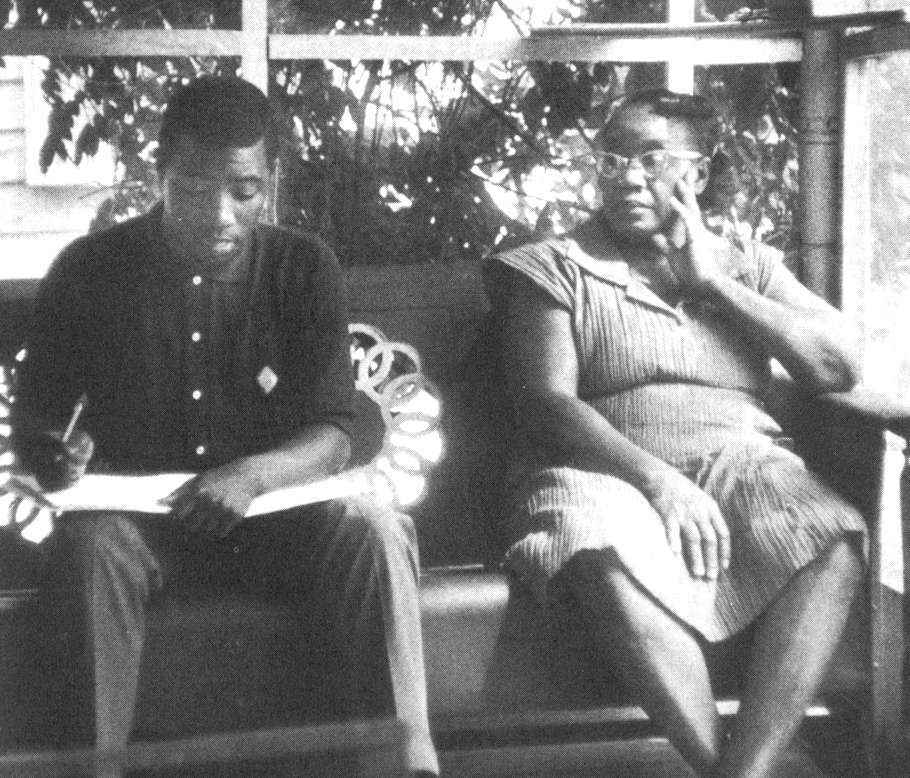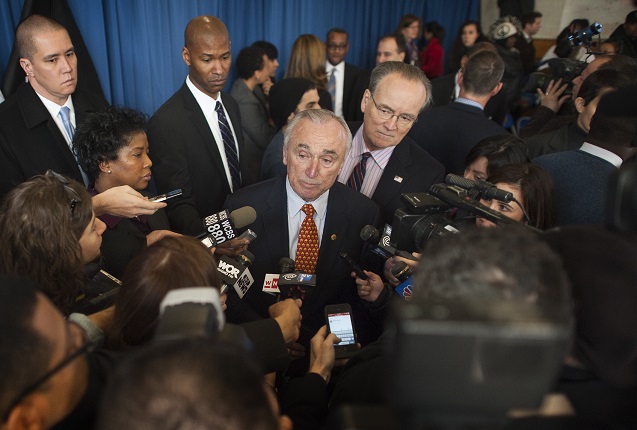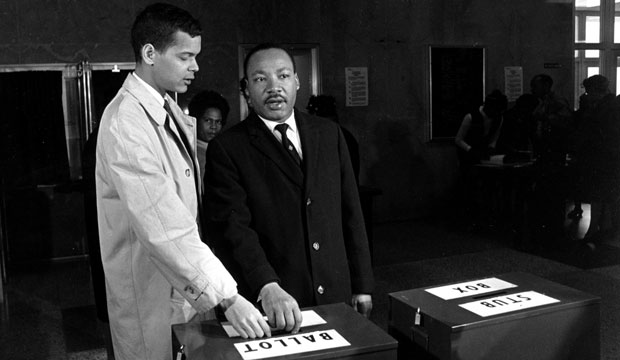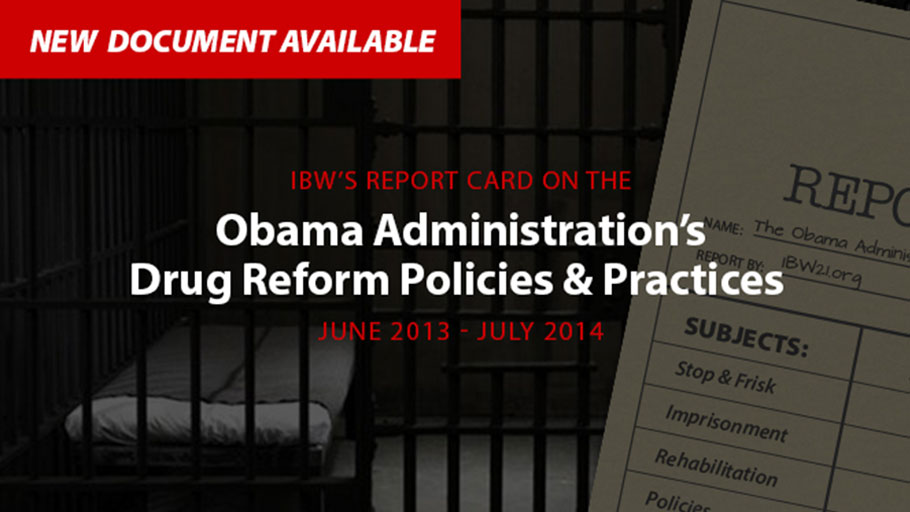
Marijuana is the single largest agricultural commodity in California, and it is the primary vehicle for the war on drugs’ racialized arrest…

Marijuana is the single largest agricultural commodity in California, and it is the primary vehicle for the war on drugs’ racialized arrest…

Charles Steele/SCLC and Bail Coalition Lobby to Gut Bail Reform Bill in New Jersey IBW Calls Behavior “Shameful” New York–June 25…Today the New York based Institute of the Black…

Two years ago, the U.S. Supreme Court ordered states to stop sending youth offenders to prison for the the rest of their lives without the possibility of parole.
The feds could actually soften their stance a little when it comes to weed.
The president is skipping Tuesday’s posthumous Congressional Gold Medal ceremony for Dr. and Mrs. King, but activists are even more angry that Congress hasn’t rescued the Voting Rights Act.

This month marks the 50th anniversary of Freedom Summer, the massive organizing project that brought more than 1,000 volunteers to Mississippi and drew national attention to the ongoing civil rights struggle in the South.

Congress asks the head of Health and Human Services to do away with an additional review process required only for those hoping to study marijuana’s medicinal effects.
Those who work in marijuana policy reform have long been aware that federal regulations and agencies significantly impede investigators’ ability to conduct clinical studies of cannabis…

On August 1, 2006, the South African apartheid government’s most notorious police minister, a slight, 68-year-old man named Adriaan Vlok, stood before the Union Buildings—the presidential complex in Pretoria originally meant to telegraph the timeless glory of European rule in Africa.

This week, the NYPD reported a 13.2 percent increase in shootings across the city since January, compared to the same time frame last year.

The 1964 Mississippi Freedom Summer was a pivotal moment for democracy in America. Yet 50 years later, despite many gains at the local level, the dream of Freedom Summer remains largely unrealized in the stretch of heavily black southern states known as the Black Belt. There are a number of significant and troubling signs:

Executive Summary of the Report Card Perhaps no other US government program in recent decades has inflicted more social, psychological and economic damage on African-American communities than the ill-fated War…